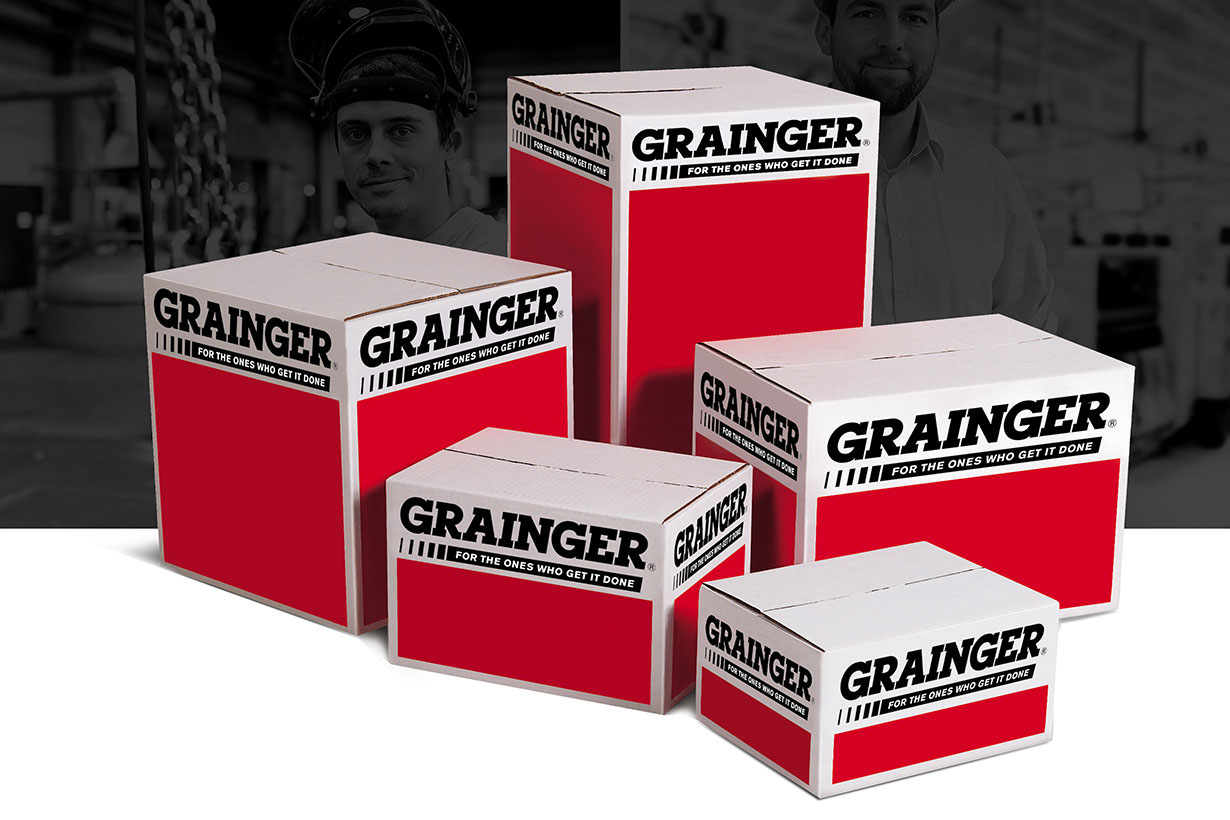

Guardrail Requirements and Safety
By Grainger Editorial Staff 9/1/17
Making your workplace a safe environment is an ongoing effort. Sure, you can install the latest technological security features or video surveillance systems, but without the proper infrastructure, your employees may always be at risk. There are countless rules, regulations and guidelines that can help reduce workplace hazards. All industries are different, but when working with different machinery and tools, fall protection is a must. Complying with guardrail requirements is vital in achieving the strength and structural integrity to safely support your employees. Learn all about the specifications needed for guard rails at your workplace.
Safety Railing and Guardrail Systems
Particular industries require certain specifications on safety railing systems. Though the terms guardrails and handrails are often used interchangeably, they are different structures both in use and requirements. A safety handrail provides stability with a handhold on a platform, walkway, stairway or step ladder. While both provide support, a handrail’s function is to work as a guide along a stair or platform. Handrails only have three specifications to be deemed acceptable:
- A smooth-surfaced rail at a height above floor, platform, runway or ramp level of 42 inches
- Strength to withstand at least 200 pounds top rail pressure
- Protection between top rail and floor platform, runway or stair treads, equivalent at least to that afforded by a standard intermediate rail
Guardrails, on the other hand, are structures that prevent workers from falling off a platform, walkway or landing. They have to be strong enough to resist breaking if a person falls or pushes on it. As a result, these systems have more requirements and standards. Generally speaking, guardrail requirements are categorized into two groups: construction standards and general, non-construction standards.
Construction Sites
Construction sites can be particularly accident prone without the right safety precautions. OSHA requires that employers provide guardrails on sites where workers are exposed to vertical drops of 6 feet or more. No setting is exactly the same, so fall protection features may vary based on the nature and location of the work itself. However, according to OSHA, if an employer chooses to install a guardrail system, it must follow these standards:
- The height of guardrail systems must be between 39 and 45 inches above the walking/working level.
- Midrails, screens, mesh, intermediate vertical members or equivalent structures must be installed between the top edge and the walking/working surface when there is no wall or other structure at least 21 inches high.
- Guardrails must be capable of withstanding at least 200 pounds of force applied within 2 inches of the top edge.
- Midrails, screens, mesh and other intermediate members must be capable of withstanding at least 150 pounds of force applied in any direction.
- Guardrail systems must not have any rough or jagged surfaces that could cause punctures, lacerations or snagged clothing.
- Top rails and midrails must not cause a projection hazard by overhanging the terminal posts.
General, Non-Construction Sites
In general workplaces, guardrails should be provided where employees are exposed to floor or wall openings or waterside edges that present falling hazards. A standard railing should consist of a top rail, intermediate rail and posts, and shall have a vertical height of 42 inches. The structure must have the strength to withstand at least the minimum requirement of 200 pounds, applied in a downward or outward direction within 2 inches of the top edge.
Installing the right type of quality guardrail system can prevent falls and accidents on a daily basis. Before choosing a structure, take the time to assess the potential for damage, injury or risk in your workplace. The proper structures can help you achieve optimum safety.
Sources:
www.osha.gov/SLTC/etools/construction/falls/guardrail.html
www.osha.gov/pls/oshaweb/owadisp.show_document
https://www.deckmagazine.com/design-construction/railings/guardrails-vs-handrails_o
Pub. 9/2017
![]()
The information contained in this article is intended for general information purposes only and is based on information available as of the initial date of publication. No representation is made that the information or references are complete or remain current. This article is not a substitute for review of current applicable government regulations, industry standards, or other standards specific to your business and/or activities and should not be construed as legal advice or opinion. Readers with specific questions should refer to the applicable standards or consult with an attorney.






